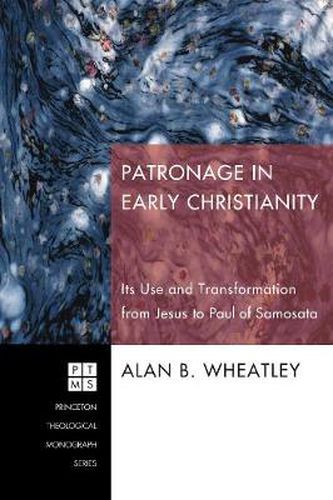Readings Newsletter
Become a Readings Member to make your shopping experience even easier.
Sign in or sign up for free!
You’re not far away from qualifying for FREE standard shipping within Australia
You’ve qualified for FREE standard shipping within Australia
The cart is loading…






This title is printed to order. This book may have been self-published. If so, we cannot guarantee the quality of the content. In the main most books will have gone through the editing process however some may not. We therefore suggest that you be aware of this before ordering this book. If in doubt check either the author or publisher’s details as we are unable to accept any returns unless they are faulty. Please contact us if you have any questions.
How did the community we glimpse in the New Testament become an institution quite willing to have the emperor Constantine as a primary public partner? By tracing the use of resources, titles, and functions of leaders and patterns of honor giving, Wheatley traces from a wide variety of sources both acceptance and revision of Roman patronage in this countercultural community. Along the way, it is possible to see dissident groups like the Montanists and Marcionites more clearly and sympathetically, and to ask ourselves some pertinent questions about how a Christian community might function in the twenty-first century.
$9.00 standard shipping within Australia
FREE standard shipping within Australia for orders over $100.00
Express & International shipping calculated at checkout
This title is printed to order. This book may have been self-published. If so, we cannot guarantee the quality of the content. In the main most books will have gone through the editing process however some may not. We therefore suggest that you be aware of this before ordering this book. If in doubt check either the author or publisher’s details as we are unable to accept any returns unless they are faulty. Please contact us if you have any questions.
How did the community we glimpse in the New Testament become an institution quite willing to have the emperor Constantine as a primary public partner? By tracing the use of resources, titles, and functions of leaders and patterns of honor giving, Wheatley traces from a wide variety of sources both acceptance and revision of Roman patronage in this countercultural community. Along the way, it is possible to see dissident groups like the Montanists and Marcionites more clearly and sympathetically, and to ask ourselves some pertinent questions about how a Christian community might function in the twenty-first century.